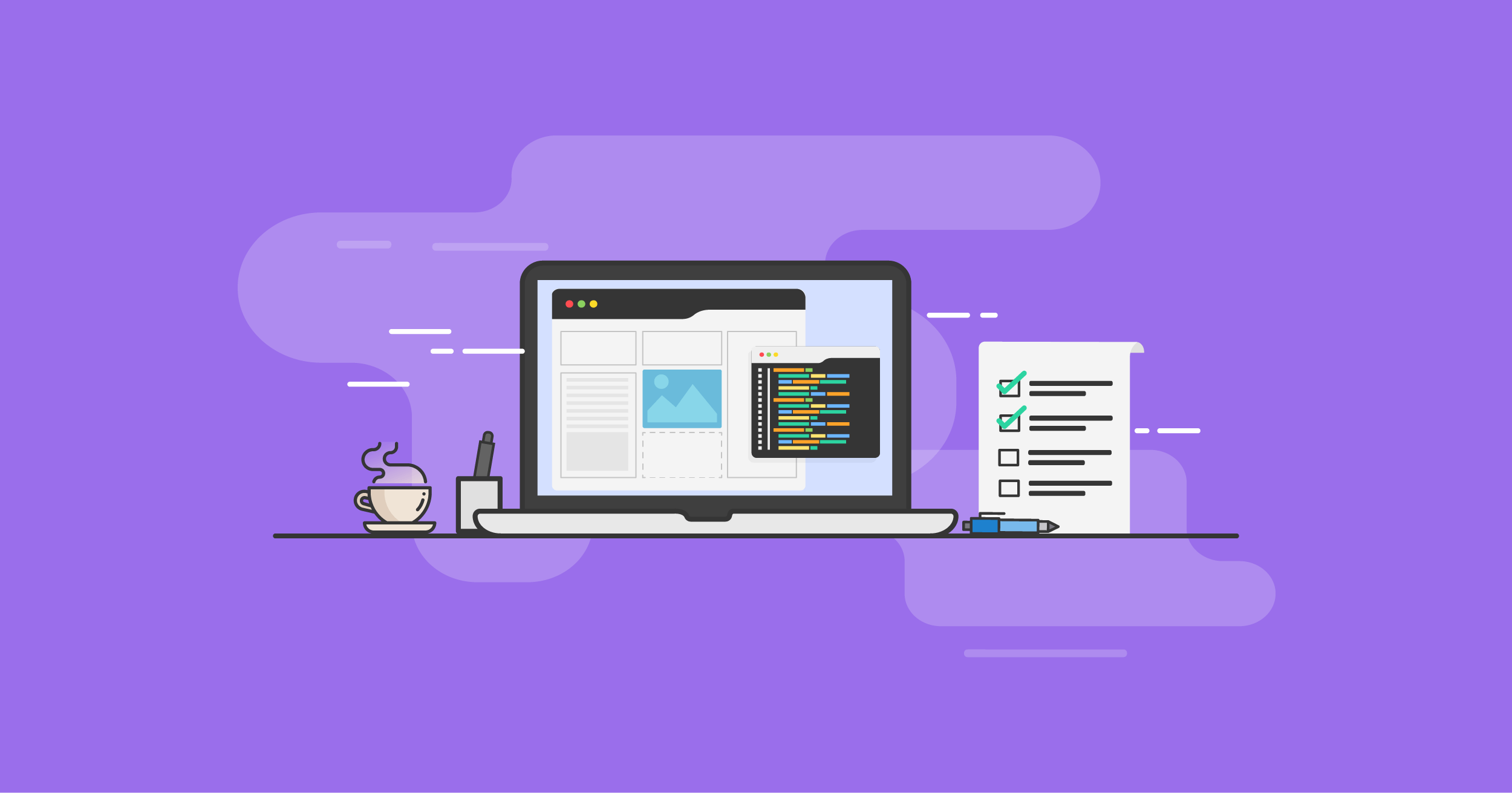Comprehending Customer Experience: Secret Concepts for Successful Internet Style
In the world of internet layout, recognizing customer experience (UX) is paramount to creating systems that not just bring in yet additionally preserve customers. Trick concepts such as user-friendly navigating and efficient comments systems play important functions in promoting user complete satisfaction. Additionally, considerations for accessibility ensure that all customers can involve with the material perfectly.
Significance of User Experience

In the realm of website design, one can not ignore the importance of user experience (UX) as a pivotal component that straight influences the success of a website. A favorable UX not just improves user satisfaction yet likewise promotes commitment, motivating repeat check outs and interactions. When users run into a user-friendly and engaging interface, they are more probable to check out the material, transform right into customers, or share their experiences with others. This natural promotion can significantly intensify a brand's reach and visibility.
In addition, the significance of UX expands beyond simple aesthetics. It includes the total functionality of a site, making certain that navigation is seamless and info is easily accessible. Web sites that focus on UX are often viewed as even more reputable and credible, which can have a profound influence on conversion prices. In comparison, poor UX can result in stress, resulting in high bounce prices and shed possibilities.
Eventually, buying individual experience is not just a design choice; it is a strategic choice that can set apart a brand name in a jampacked market. By focusing on UX, companies can create meaningful communications that reverberate with individuals, paving the way for continual success in the electronic landscape.
Functionality Principles
Effective website design rests on the application of key use concepts that guarantee a site is both functional and user-friendly. Central to these principles is the concept of intuition, where individuals can navigate the website effortlessly without extensive guideline. Clear navigation structures, consisting of well-labeled menus and consistent formats, improve this intuitive experience, permitting individuals to locate details quickly.

Uniformity is similarly important; maintaining harmony in style elements, terminology, and treatments across the site aids to lessen confusion. Customers ought to not have to relearn just how to communicate with various areas of the website.
Furthermore, error avoidance and healing are essential for use. Sites should be created to reduce the opportunity of individual mistakes, and when errors take place, positive and clear error messages need to assist users in the direction of resolution.
Ease Of Access Factors To Consider
Guaranteeing access in web layout is critical for developing inclusive digital experiences that accommodate all users, including those with handicaps. Ease of access factors to consider involve developing internet sites that accommodate varied needs, enabling customers with More about the author aesthetic, auditory, cognitive, or motor impairments to browse and interact successfully.
To attain this, web designers must abide by established guidelines, such as the Internet Content Availability Standards (WCAG) These standards provide a framework for making content perceivable, operable, reasonable, and durable. Trick techniques include guaranteeing adequate shade comparison, giving text alternatives for non-text content, and guaranteeing keyboard navigability.
Furthermore, semantic HTML must be made use of to enhance screen reader compatibility, allowing users with visual impairments to comprehend the structure and meaning of material without effort. web design. Supplying clear, succinct guidelines and making use of uncomplicated language can additionally boost functionality for people with cognitive handicaps
Normal access screening, entailing actual individuals with specials needs, is vital to recognize obstacles and enhance the user experience. By prioritizing availability, web designers not just abide with legal standards but additionally cultivate a more fair electronic landscape, eventually benefiting every person via improved usability and engagement.
Aesthetic Layout Components
A myriad of aesthetic layout aspects plays an essential duty in forming user assumptions and experiences on a site. These components include color systems, typography, imagery, format, and whitespace, each adding to the overall aesthetic appeal and efficiency of a website.

Color schemes stimulate emotions and can affect advice individual actions; for circumstances, warm colors might create a feeling of seriousness, while amazing colors usually promote peace. Typography, on the other hand, affects readability and can develop a brand's individuality - web design. The option of font design and size have to line up with the website's purposes and target audience
Images, including images and icons, improves narration and can substantially impact user engagement. Premium visuals develop a feeling of professionalism, while poor-quality photos may take away from the individual experience.
Layout and whitespace are web design just as important, as they lead individuals via the content. A well-structured design aids users discover details quickly, while sufficient whitespace protects against clutter, promoting a more delightful browsing experience.

Checking and Iteration
Individual screening and model are fundamental elements of an effective internet layout process. Individual testing entails observing just how real users communicate with a web site, recognizing usability issues, and comprehending individual habits.
Model, on the various other hand, is the procedure of improving the design based on the insights acquired from individual testing. By making incremental modifications and re-evaluating the style, teams can improve performance, enhance aesthetics, and optimize user engagement. This cyclical approach fosters a culture of continuous renovation, permitting developers to adjust to customer demands and arising patterns successfully.
Additionally, integrating both user testing and model right into the style procedure results in more informed decision-making and ultimately causes an extra user-centered product. By accepting these principles, internet developers can produce much more user-friendly, engaging, and efficient experiences that reverberate with their target market, eventually driving higher customer satisfaction and retention.
Verdict
In conclusion, individual experience is a critical element of reliable web style, incorporating usability, ease of access, and visual factors to consider. Continuous testing and model serve as important procedures for attending to and recognizing user pain points, making sure that internet designs remain adaptable to progressing demands.
In the world of internet design, comprehending individual experience (UX) is extremely important to creating platforms that not only draw in however likewise maintain customers.In the world of web design, one can not ignore the importance of individual experience (UX) as an essential component that straight affects the success of an internet site. Customer screening entails observing just how actual customers connect with a website, recognizing use concerns, and recognizing customer actions.In verdict, customer experience is a critical part of reliable internet style, including usability, ease of access, and aesthetic considerations. Continual screening and version serve as important processes for identifying and addressing individual pain points, making certain that internet styles remain versatile to progressing requirements.
Comments on “Top Tips for Creating a Stunning Website with Professional Web Design”